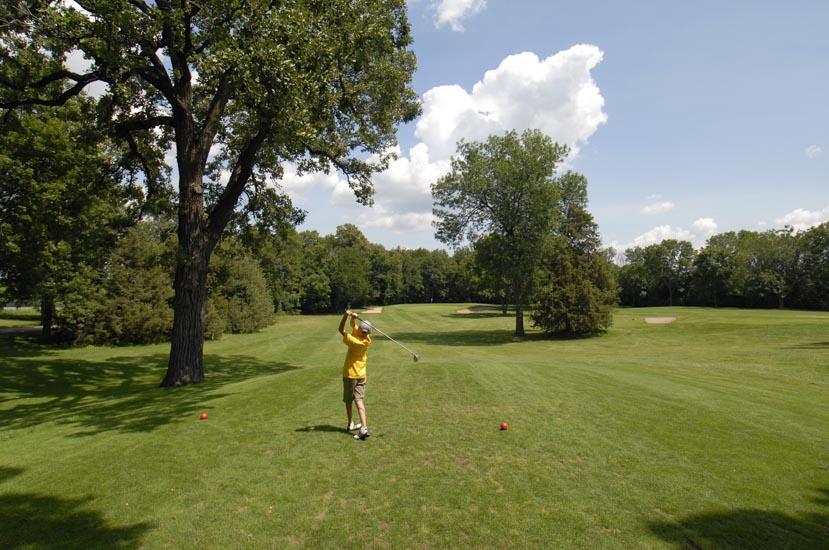Pesticide & Fertilizer Use Policy

Three Rivers Park District utilizes pesticides and fertilizers in a manner that provides maximum protection for the natural resources. All practices and procedures associated with the procurement, handling, application and storage of fertilizers and pesticides reflect environmentally sound principles and comply with Park District regulations as well as State and Federal laws.
Park visitor and employee safety is essential in all activities related to fertilizer and pesticide use. An effective monitoring and evaluation program is a component of all applications.
Objectives
The following policy objectives enable Three Rivers Park District to manage a pesticide and fertilizer use program which meets all of its stated goals.
- Minimize or eliminate the use of pesticides and fertilizers whenever feasible to promote good environmental stewardship.
- Implement Integrated Pest Management programs—defined as an ecological approach to pest management in which all available necessary techniques are consolidated into a sequential program to keep pest populations at acceptable levels and to avoid adverse side effects—including:
- Correctly analyzing all pest problems.
- Properly determining whether pests are a serious threat to the resource or are simply a nuisance.
- Promoting the use of disease-resistant plants and animals. - Manage Park District turfgrass areas at acceptable levels to provide healthy public recreational opportunities without excessive use of fertilizers and pesticides, and to educate the public on the reasons for those management decisions.
- Reduce off-site movement of pesticides and fertilizers to protect:
- Park users and employees.
- Surface and groundwater.
- Non-target species. - Reduce public and employee exposure to pesticides by:
- Minimizing the storage of pesticides and fertilizers on Park District properties.
- Reducing the generation of hazardous waste.
- Ensuring that applicators have proper training in pesticide use. - Provide examples for public education of successful pest control practices without the use of pesticides.
Treatment sites will be posted as the pesticide label or other ordinances require.
